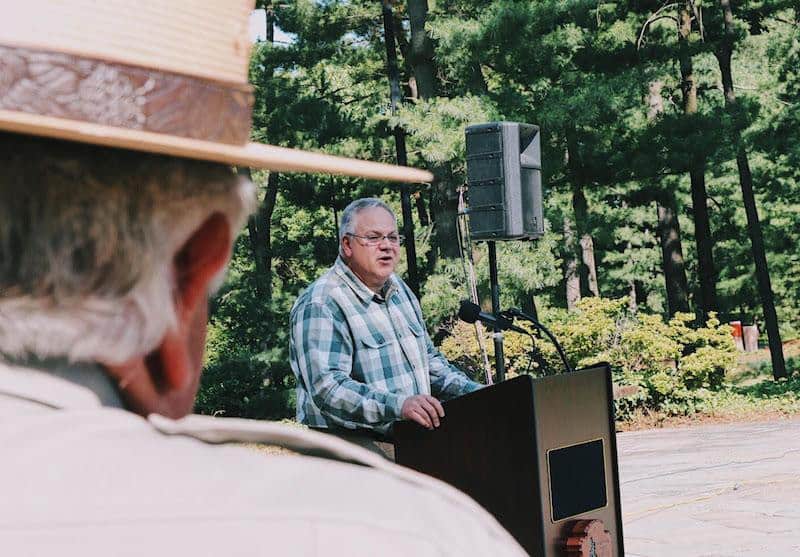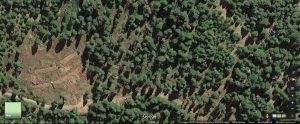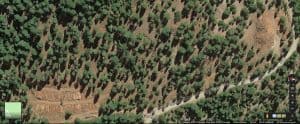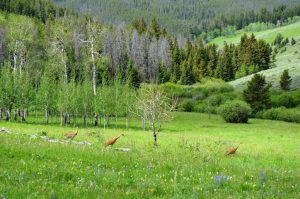
Now that Zinke’s out, but before we hear about a replacement, let’s take a look at a Colorado perspective on his second in command, a fellow named David Bernhardt, a native Coloradan who grew up in Rifle, on the Western Slope.
This article is by Joey Bunch of Colorado Politics (shout out to them, they gave us a discounted subscription as a not-for- profit). It’s very even-handed IMHO, plus has a number of interesting links.
On his latest return to Colorado, Bernhardt visited with federal workers and volunteers. Then he went to the Western Slope to present an oversized check for $40.1 million for payments in lieu of taxes, the annual allocation that offsets what the local property tax base loses for carrying federal property on its books. Garfield County received $3.2 million.
He’s a key figure in President Trump’s proposed reorganization of federal agencies. One of the Department of the Interior moves most heavily discussed — with the great benefit of bipartisan support from Colorado’s Gardner, a Republican, and Sen. Michael Bennet, a Democrat — is the potential of relocating the Bureau Land Management federal headquarters outside Washington, and specifically to Grand Junction.
The first thing the department has to do is align the regions of its various agencies so they can better coordinate and augment their often parallel missions while reducing costly duplication and delays, Bernhardt said.
“Where things are overloaded is really in the field,” he said. “Our management has gotten a little heavier and our field organizations have gotten a little smaller, and we need to put that energy and capabilities out on the front lines.”
We’ve talked before on this blog about the confusion it can cause partners when dealing with the many headed hydra of Interior agencies, responsibilities, and regions.
“It’s very hard for anybody who knows anything to look at our organization and say it’s firing on all cylinders,” Bernhardt said. “Even the Democrats who spend a lot of time with our department, I think at the end of the day, they know that we have room for significant improvement, and why would they not want to be part of that?”
“I know the rules,” Bernhardt said, leaning forward over his coffee cup when asked about ethics and investigations. “I’m going to play by the rules. I’m not going to go outside the rules. And you know what I’m going to do? I’m going to rigorously adhere to those rules.
“And those rules don’t say I can’t have opinions on certain things.”
He continued, “Everybody in the administration is for clean air, clean water, a wonderful outdoor experience. At the same time, we also believe you can develop energy responsibly. We don’t think it’s an either-or choice.”
One thing I noticed in the article was this quote:
Trump’s executive orders and Zinke’s secretarial orders have pushed the pace of overhauling the agency with brute force — not in ways appreciated by department veterans, environmentalists or others on the political left.
At least in the Forest Service, it would be hard to get a sense of what current employees think about things. I’ve found it to be from one to the other end of the spectrum on almost everything, from the greatest philosophical, to one particular line in a rule (say, ecological integrity, for example ;)). You can see that from the retirees on this blog who are free to speak their minds. You could also think AFSEE and NAFSR may not have the same point of view on things. Anyway, I just pointed it out because it’s an interesting thing to observe.. in what pieces do folks in media cite what agency employees think?, and we might wonder how they get that info.








